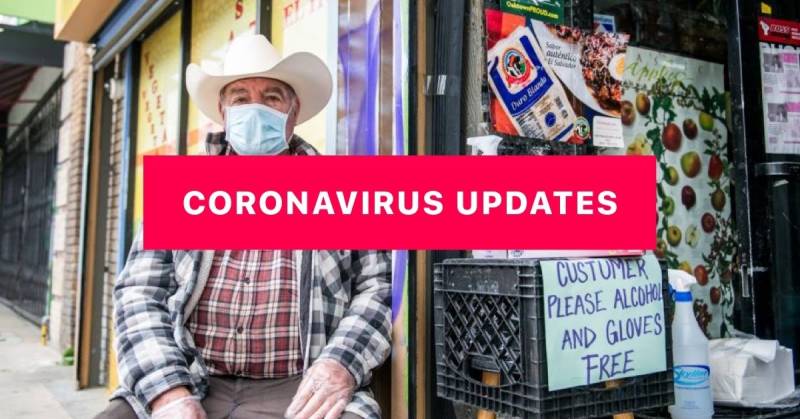Attorneys representing California inmates are urging state and federal officials to advance about 1 of every 10 prisoners to the front of the line for vaccinations, saying it would help ease the burden on hospitals while helping control outbreaks inside state lockups.
They're asking Gov. Gavin Newsom and U.S. District Judge Jon Tigar to order the swift vaccinations of every inmate who hasn't already been infected, starting with those who are most vulnerable.
More than 4,400 of the state's 95,000 inmates currently have active infections, including 1 of every 3 at a Central Coast men’s prison and 1 of every 10 at the state’s largest women’s facility, where, an advocacy group says officials bungled the response. California prisons have an aggregate rate of 468 cases per 1,000 people, more than seven times the rate of California's population.

And that's not the worst of it, said Steve Fama, an attorney with the nonprofit Prison Law Office, which represents inmates in the largest class-action settlement over prison medical conditions.
There have been about a dozen bigger outbreaks in the last month, accounting for about a third of the 167 inmate coronavirus deaths, he said. Corrections officials said active cases peaked Dec. 20 at 10,721 systemwide.
"As much of a disaster as it was the first nine months of the pandemic, the last 30 days have far exceeded in terms of the statewide number of cases,” Fama said.
The California Department of Corrections and Rehabilitation said Thursday at a hearing for the class action that it has started to vaccinate all inmates 65 years and older, and that it expects to complete administering shots to the group by the weekend.
CDCR hopes to begin vaccinating the entire prison population as early as next week, which it said will prevent a highly vulnerable population from overwhelming hospitals.
Officials said they'll prioritize additional inmates who are high risk after the 65-and-over group.
As of Wednesday, officials said, approximately 90% of the 2,945 incarcerated patients who have been offered vaccinations have opted to receive them.
Additionally, 19,351 staff members, about a third of the total workforce, have been vaccinated, according to Clark Kelso, the federal receiver in charge of prison medical care.
Prisoner advocates say that while the vaccines are good news, it’s still unclear if they prevent transmission, so continued testing, physical distancing and face covering remain essential to preventing the spread of the virus.
“While plaintiffs welcome the vaccinations and the small number of additional cells identified for quarantine and isolation at some prisons, these efforts do not go nearly far enough,” the lawsuit asserts. “Defendants have consistently refused to take the most effective step to protect the people in these prisons from severe illness or death: population reduction sufficient to allow for social distancing and cell-based quarantine.”
Of the 1,690 medically vulnerable people eligible for early-release review recorded last December, only 15 have been approved, according to the lawsuit.
Sara Norman with the Prison Law Office, representing plaintiffs, emphasized that the state knows how to keep inmates “truly safe” but hasn’t done it.
“This is not a litigation about vaccination,” she said. “Vaccination is a remedy. This is litigation about quarantine. These outbreaks are significant, are dangerous, and the prisons are helpless in the face of them, in large part because, as the court has already alluded, they have far too many people to safely house.”
Advocates also want people who haven't previously tested positive for the virus and are unvaccinated to be quarantined only in solid-door cells starting Feb. 1.
—Julie Chang and Associated Press

